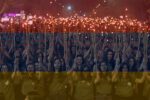US Orders All Non-Essential Personnel To Leave As Violence Escalates
| On JUL9, South Sudan celebrated its fifth year of independence, as the youngest nation in the world. Since its 2011 split from Sudan, the East African republic has spiraled into a deadly civil war marred by ethnic undertones. On JUL8, bloodshed erupted between the bodyguards of South Sudan’s President and Vice President, just as both figures were set to meet to diffuse tensions. As violence and turmoil embroiled the country over this past weekend, both leaders blamed one another for instigating the brutal conflict.
Divided between two camps—troops loyal to President Salva Kiir, an ethnic Dinka (Sudan People’s Liberation Army – SPLA), versus Vice President Riek Machar, an ethnic Nuer (Sudan People’s Liberation Movement in Opposition – SPLM-IO), the bloody unrest that ensued over the last five days claimed the lives of at least 272 people, including 33 civilians. The unrest has placed the country and worldwide service troops on extremely high alert.
On Saturday, the two sides took a respite to mark Independence Day. Following this day, bloodshed ensued, with at least 42,000 people fleeing their homes in this weekend’s latest flare up, 7,000 seeking refuge in UN peacekeeping bases, and 35,000 fleeing to churches and aid groups. Some of the most tumultuous clashes in the last week played out near the Terrain Hotel, with government troops attempting to oust the armed opposition from their base. Civil War erupted in the country more than two years ago. A massacre of ethnic Nuer in Juba sparked a conflict that has raged between supporters of Machar and Kiir.
On JUL11, the US ordered all non-essential personnel to leave the site of the embassy as violence escalated. However, the US embassy released a statement on JUL12, making clear it was not instituting a full evacuation. Still, commercial flights departing and entering South Sudan’s capital city have been canceled, with charter flights being utilized to evacuate aid workers and foreign citizens.
Both President Kiir and Vice President Machar eventually called for a ceasefire on JUL11, which is currently holding. While a tenuous calm has fallen upon Juba, tensions persist as violence among ethnic groups remains.
From a tactical standpoint, President Kiir’s SPLA troops number approximately 10,000 in the Juba area. The SPLA force is equipped with tanks, APCs, heavy trucks, and attack helicopters. The SPLM-IO is primarily a foot and Landcruiser pickup powered force, that doesn’t include APCs, tanks, or any air assets. Due to historical patterns, there are not many SPLM-IO ethnic Nuer that know how to operate a tank. The SPLA has kept that skill firmly within the ranks of the Dinka. In the event SPLM-IO fighters capture tanks, they would be of no use.
As per the last peace agreement, SPLM-IO was to move 1400 troops into 2 bases in the Juba area. Sources estimate that SPLM-IO has suffered recent losses of upwards of 10% of their Juba area force, and that it doesn’t have the capability to stage effective attacks that would significantly degrade the SPLA. Based upon the lopsided state of fighting strength between the two factions, it may be what makes the ceasefire hold and prevents any “March on Juba”.
In light of the unrest, on JUL12, the United States deployed and airlifted 40 additional troops from US Africa Command’s Crisis Response Force to protect the US Embassy in Juba, amidst deteriorating security on the ground. US embassies are typically guarded by Marine Corps detachments specializing in combined-arms and mobility warfare. In a letter addressed to Congress, Obama noted that some 130 troops are in reserve in nearby Djibouti.
The US President’s notice adheres to the War Powers Resolution requirement, mandating notification of the movement of combat troops into terrain in a new country. The forces are “equipped for combat,” according to the President and will “remain in South Sudan until the security situation becomes such that their presence is no longer needed.”
According to AFRICOM spokeswoman, Samantha Reho, the troops have been sent in to bolster security at the embassy and help non-emergency personnel leave. “This contingent brought in several vehicles solely for use in protecting the embassy.”
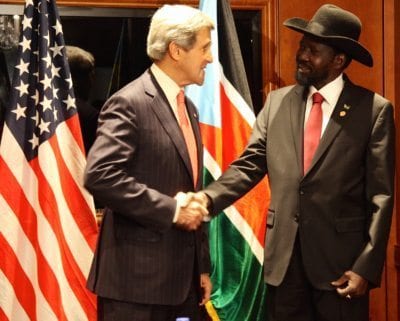
This decision does not mark the first time the US has sent troops to Juba. In January 2014, Marines from the Special Purpose Marine Air Ground Task Force—Crisis Response—Africa (MAGTF) assisted in evacuating staff from the embassy. The Marines used KC-130’s and MV-22B Ospreys to fly almost 4,200 miles from a base located in Morón, Spain to evacuate upwards of 20 embassy personnel from Juba.
The deployed US Marine Security Augmentation Unit (MSAU) was created after the September 2012 Benghazi, Libya attacks that resulted in the death of four Americans, including Ambassador Christopher Stevens. Based in Quantico, Virginia, the MSAU comprises almost 120 Marine security guards, and the deployment to Juba would constitute approximately one third of the entire force. The MSAU distinguishes itself from other Marine Corps units by its capability to quickly reinforce security at US diplomatic posts and its full composition of trained embassy guards. Thus, the force can be summoned by a US Ambassador, Chief of Mission, or regional security officer in the midst of a diplomatic post under threat anywhere in the world.
On JUL13, the US Embassy advised American citizens of the following:
“The U.S. Embassy in Juba informs resident American citizens that two charter flights will be departing Juba to Entebbe on July 14 … You must arrange your own transportation to the airport and onward from Juba. Due to ongoing security concerns, please remain vigilant when moving about the city.”
As government tanks move through the city, helicopters were seen flying above Juba. Juba’s airport was closed and Kenya Airlines announced it suspended service to the city due to the “uncertain security situation.”
Even elements of the German Air Force have been deployed to assist in evacuating European citizens. Citing security reasons, German Foreign Ministry spokeswoman, Sawsan Chebli wouldn’t provide additional details on Wednesday’s operation.
Two Chinese UN Peacekeepers traveling in an armoured vehicle were killed over the weekend, hit by a shell as it carried UN troops to a refugee camp. On JUL12, 27-year-old Florence Lawa, was shot during a planned extraction from South Sudan.

Ms. Lawa worked for The United Nations Organization for Education, Science and Culture (UNESCO), an organization dedicated to international peace and universal respect for human rights. Ms. Lawa’s life—and beautiful memory—serve as another example of a collateral victim in the senseless violence that has plagued South Sudan for the last 3 years.
Propelled by these casualties, UN Secretary General Ban Ki-moon urged an arms embargo on South Sudan and called for efforts to empower the UNMISS (United Nations Mission in South Sudan) to ensure civilians protection in the country. The Secretary General remarked, “Yet again, the leaders of South Sudan have failed their people. What kind of leadership is it that resorts to deadly weapons and identity politics, time and again? Failed leadership.”
The total casualties in the South Sudan Civil War amount to approximately 10,659 killed and 9,921 wounded, since the beginning of the conflict in 2013. In addition to those wounded or killed, the UN Office for the Coordination of Humanitarian Affairs estimates that about 413,000 people have been internally displaced, 66,500 are seeking refuge at the UN bases around the country, and more than 74,300 have fled. In March 2016, aid workers estimated that the death toll could be as high as 300,000 people.
While much remains uncertain in a country on emergency alert, South Sudanese and international onlookers alike see a clear, though grim, future for the East African nation in the coming weeks. Also uncertain at this time is the direction the Obama Administration is going to take. Either US forces will hold the embassy, and conduct a spoiling attack into Juba, or the entirety of South Sudan to gain control of the region, or the US will evacuate all American presence. An ill-advised third option would see the US attempt to maintain a status quo, a fortress Alamo type situation.
Lima Charlie will continue to follow and report on the situation as it develops.
+++END
John Sjoholm, with Anthony A. LoPresti and Nikita Roach, for Lima Charlie News
John Sjoholm is Lima Charlie’s Middle East Bureau Chief, Managing Editor, and founder of the consulting firm Erudite Group. A seasoned expert on Middle East and North Africa matters, he has a background in security contracting and has served as a geopolitical advisor to regional leaders. He was educated in religion and languages in Sana’a, Yemen, and Cairo, Egypt, and has lived in the region since 2005, contributing to numerous Western-supported stabilisation projects. He currently resides in Jordan. Follow John on Twitter @JohnSjoholmLC
Lima Charlie World provides global news, featuring insight & analysis by military veterans, intelligence professionals and foreign policy experts Worldwide.
For up-to-date news from the Middle East, please follow us on Twitter at @LimaCharlieNews and @JohnSjoholmLC

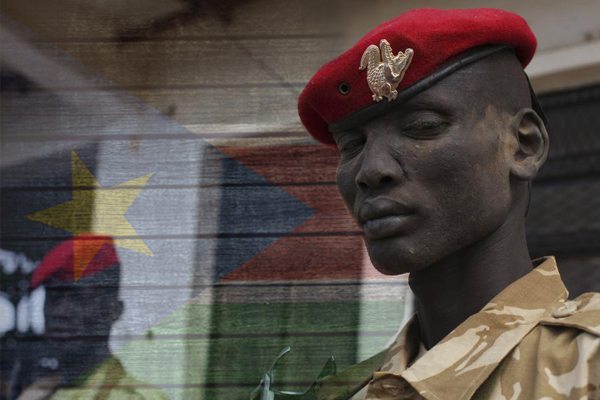
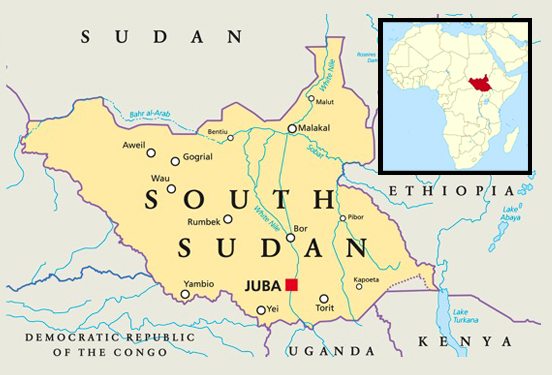
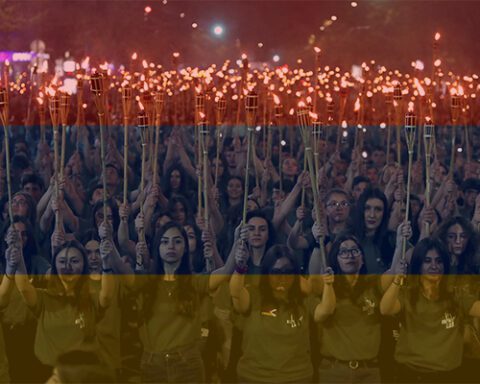
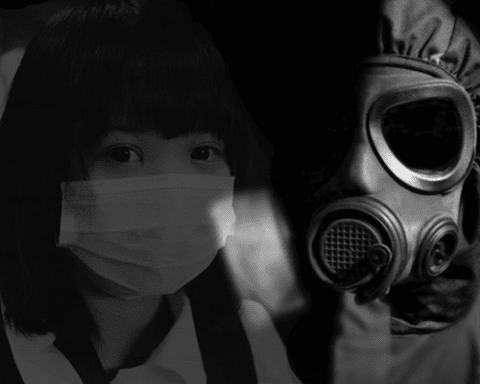
![Africa’s Elections | In Malawi, food, land, corruption dominate [Lima Charlie News]](https://limacharlienews.com/wp-content/uploads/2019/06/Malawi-election-Food-land-corruption-480x384.jpg)
![Image The Rwandan Jewel - Peacekeepers, Conflict Minerals and Lots of Foreign Aid [Lima Charlie World]](https://limacharlienews.com/wp-content/uploads/2019/03/Rwanda-Jewel-480x384.jpg)
![Image [Women's Day Warriors - Africa's queens, rebels and freedom fighters][Lima Charlie News]](https://limacharlienews.com/wp-content/uploads/2019/03/Womens-Day-Warriors-Lima-Charlie-News-480x384.jpg)
![Image Zimbabwe’s Election - Is there a path ahead? [Lima Charlie News]](https://limacharlienews.com/wp-content/uploads/2018/09/Zimbabwe’s-Election-Is-there-a-path-ahead-Lima-Charlie-News-480x384.png)
![[Silver lining for China in Zimbabwe’s violent elections][Lima Charlie News]](https://limacharlienews.com/wp-content/uploads/2018/08/Screen-Shot-2018-08-02-at-12.51.35-PM-480x384.png)
